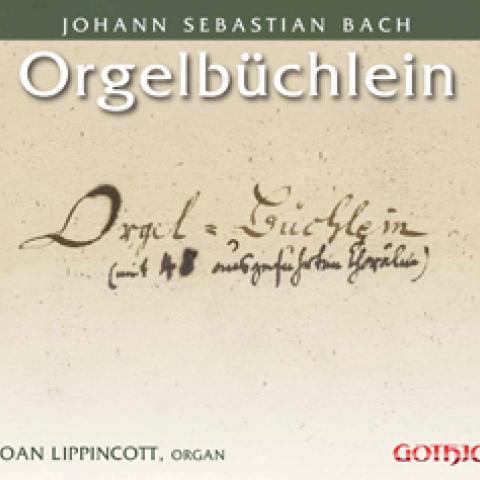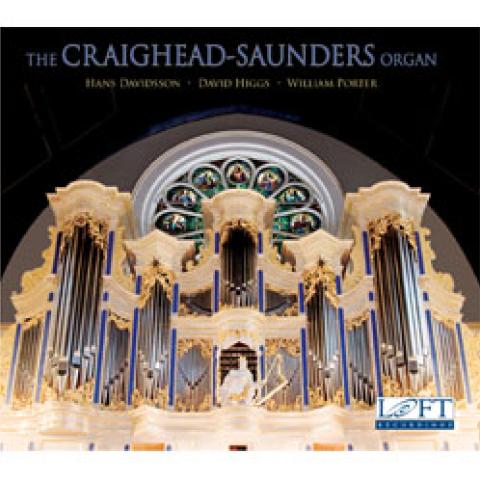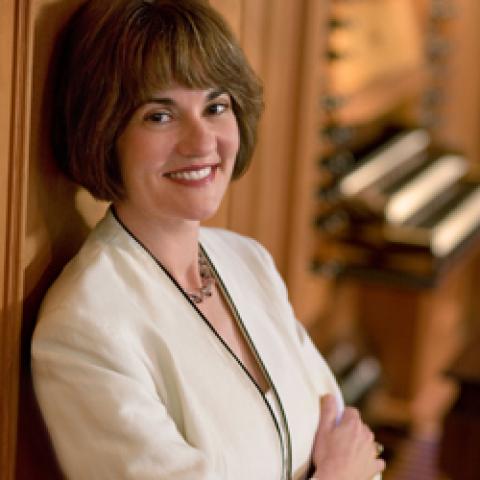
This month, Gothic Records celebrates the 30th anniversary of Joan Lippincott’s first recording on the label, with the release of Bach Concerto Transcriptions. Lippincott performs on the Fritts organ at the Princeton Theological Seminary in a program that includes Bach’s five surviving concerto transcriptions for organ: two works by Johann Ernst and three works by Antonio Vivaldi. She also adds her own transcription of Bach’s four-harpsichord arrangement of Vivaldi’s Concerto in B Minor for Four Violins, Strings, and Continuo as well as the Allabreve in D Major, BWV 589— Bach’s transcription-like homage to the Renaissance vocal motet.
In addition to her J.S. Bach recordings, Ms. Lippincott’s diverse Gothic Records catalog offers the music of Duruflé, Mozart, Mendelssohn, Widor, Alain, and Pinkham on major American organs. Joan Lippincott was one of the first organists to appear on the new Gothic Records label: Toccatas and Fugues by Bach, recorded on the Fisk organ at House of Hope Presbyterian Church in St. Paul, Minnesota, was released in the fall of 1980. For more information, visit www.gothic-catalog.com.
This Christmas a Festschrift is planned in honor of Ms. Lippincott’s 75th birthday, and will include scholarly essays and essays on her pedagogy, a complete recital listing from 1966 to the present, and a compilation CD. The Festschrift is being compiled by her former Westminster Choir College organ student, Larry Biser.
Ms. Lippincott’s next Gothic Records release will be the Art of the Fugue, a 2-CD set scheduled for a spring 2011 release, recorded on the new Casparini Organ (2008) at Christ Church in Rochester, New York.
Joan Lippincott performs in the USA under Karen McFarlane Artists and has toured throughout Europe and Canada. She has been a featured recitalist at Alice Tully Hall at Lincoln Center in New York City, at the Spoleto USA Festival, at the American Bach Society Biennial, at the Dublin (Ireland) International Organ Festival, and at conventions of the American Guild of Organists, the Organ Historical Society, and the Music Teachers National Association.






